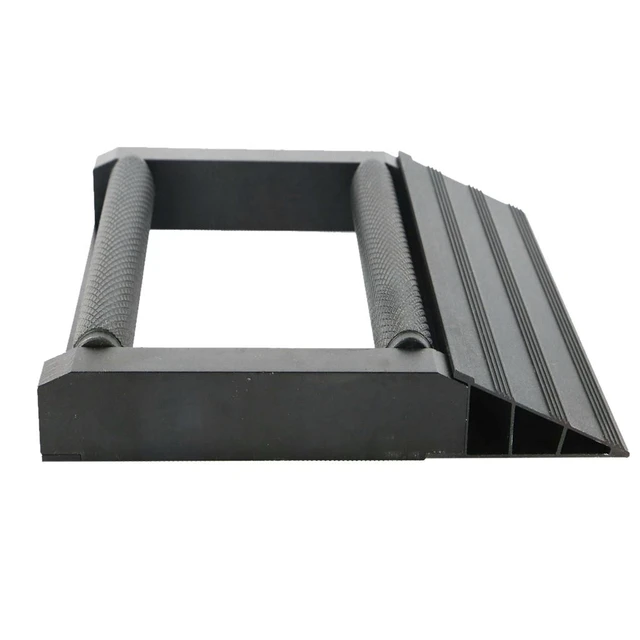Introduction
A motorcycle wheel roller is a specialized tool designed to assist in the maintenance and repair of motorcycles. It provides a stable and convenient platform for rotating the wheels, allowing for easy access to various parts of the motorcycle. In this guide, we will explore the function, benefits, and uses of a motorcycle wheel roller, providing a comprehensive understanding of this tool and its importance in motorcycle maintenance.
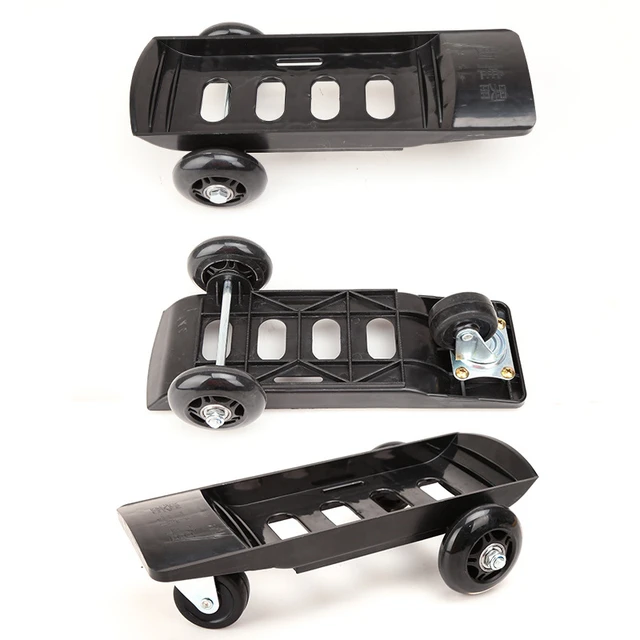
What is a motorcycle wheel roller?
What is a Motorcycle Wheel Roller?
1.1. Definition
A motorcycle wheel roller, also known as a wheel stand or wheel spinner, is a device that allows you to rotate the wheels of a motorcycle while it is lifted off the ground. It typically consists of a sturdy frame, support arms, and a wheel cradle that securely holds the motorcycle wheel in place.
Function of a Motorcycle Wheel Roller
2.1. Rotating the Wheels
The primary function of a motorcycle wheel roller is to enable the easy rotation of the motorcycle wheels. By securely supporting the motorcycle and allowing the wheels to spin freely, it provides access to different parts of the motorcycle for maintenance, repairs, and customization.
2.2. Ease of Maintenance
With the wheels rotating freely, a wheel roller makes it easier to perform maintenance tasks such as cleaning, lubricating, inspecting, and adjusting various components of the motorcycle, including the brake calipers, chain, sprockets, and wheel bearings.
2.3. Simplified Repairs
When repairing a motorcycle, having the wheels off the ground and rotating freely can significantly simplify the process. It allows for better accessibility to the suspension components, wheel hubs, and brake systems, making repairs more efficient and effective.
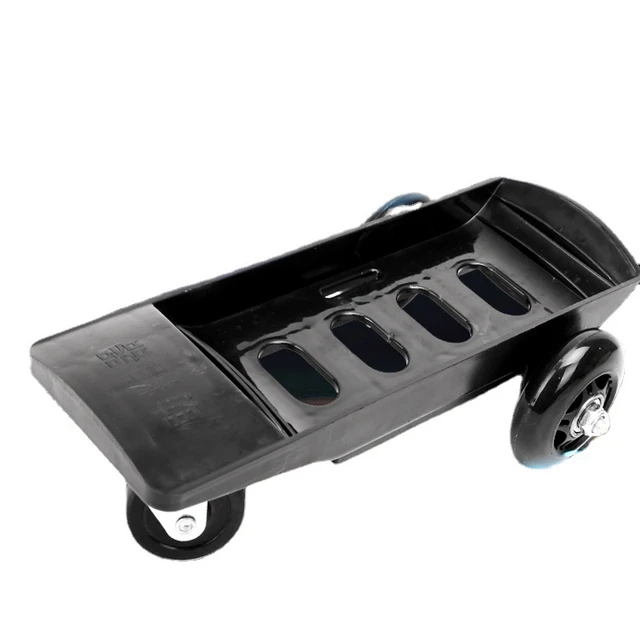
Benefits of Using a Motorcycle Wheel Roller
3.1. Stability and Safety
A motorcycle wheel roller provides stability and safety during maintenance and repairs. It securely holds the motorcycle in place, preventing it from tipping over or falling while the wheels are being rotated. This ensures a safer working environment for the user.
3.2. Convenience and Accessibility
Having the motorcycle wheels elevated and rotating freely provides easy access to various parts of the motorcycle. This makes it convenient to inspect, clean, lubricate, or repair components that would otherwise be difficult to reach.
3.3. Time and Labor Savings
Using a wheel roller can save time and effort when performing maintenance or repairs on a motorcycle. The ability to rotate the wheels freely allows for quicker and more efficient completion of tasks, reducing the overall time required.
3.4. Enhanced Workmanship
A wheel roller enables better visibility and access to the motorcycle’s components, leading to improved workmanship. It promotes accuracy and precision when performing tasks, resulting in higher-quality maintenance and repairs.
3.5. Versatility
Many motorcycle wheel rollers are designed to accommodate different wheel sizes and types. They can be adjusted to fit various motorcycles, making them versatile tools that can be used with a wide range of motorcycles.
Uses of a Motorcycle Wheel Roller
4.1. Routine Maintenance
A motorcycle wheel roller is an invaluable tool for routine maintenance tasks such as chain cleaning and lubrication, tire inspection, brake caliper servicing, and wheel bearing inspection.
4.2. Wheel and Tire Maintenance
With the ability to rotate the wheels freely, a wheel roller allows for effortless tire inspections, removing debris, checking tread wear patterns, and ensuring proper tire pressure.
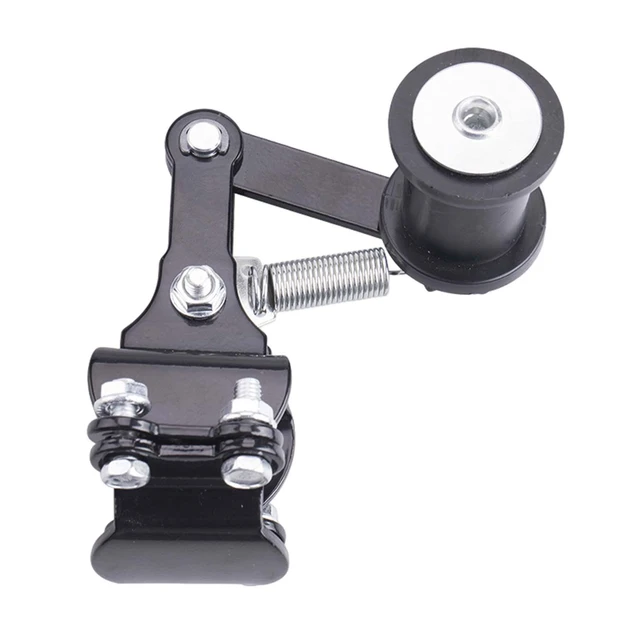
4.3. Brake System Maintenance
The wheel roller provides easy access to the brake calipers, allowing for inspections, cleaning, pad replacements, and caliper adjustments.
4.4. Chain and Sprocket Maintenance
With the rear wheel elevated and rotating, a wheel roller facilitates chain cleaning, lubrication, tension adjustments, and sprocket inspections.
4.5. Suspension and Wheel Bearing Maintenance
A wheel roller simplifies suspension maintenance tasks, including shock absorber inspections, linkage lubrication, and wheel bearing checks.
Considerations When Choosing a Motorcycle Wheel Roller
5.1. Weight Capacity
Ensure that the wheel roller you choose can safely support the weight of your motorcycle. Consider the weight of your heaviest motorcycle and select a wheel roller with a weight capacity that exceeds this value.
5.2. Construction and Durability
Look for a wheel roller made of sturdy and durable materials such as steel or aluminum. A well-built frame and support system ensure stability and longevity.
5.3. Wheel Size Compatibility
Ensure that the wheel roller can accommodate the wheel sizes of your motorcycles. This may require adjustable arms or different-sized wheel cradles to fit various wheel diameters.

5.4. Ease of Use and Adjustability
Consider the ease of setup, adjustment, and operation of the wheel roller. Look for features such as quick-release mechanisms, adjustable support arms, and intuitive controls.
5.5. Safety Features
Check for safety features such as locking mechanisms, non-slip surfaces, and secure wheel cradles to ensure the stability and safety of your motorcycle during use.
Types of Motorcycle Wheel Rollers
6.1. Static Wheel Roller
A static wheel roller is a basic type that provides a stable platform for rotating the motorcycle wheels. It typically features a sturdy frame with adjustable support arms and a wheel cradle. This type of wheel roller is suitable for basic maintenance tasks and inspections.
6.2. Hydraulic Wheel Roller
A hydraulic wheel roller offers the convenience of effortless wheel rotation. It utilizes a hydraulic mechanism to lift and lower the motorcycle, allowing for easy positioning and precise control of the wheel rotation. Hydraulic wheel rollers are often preferred by professional mechanics for their ease of use and versatility.
6.3. Pneumatic Wheel Roller
A pneumatic wheel roller operates using compressed air, providing smooth and controlled lifting and lowering of the motorcycle. It offers similar benefits to hydraulic wheel rollers in terms of convenience and precise wheel rotation. Pneumatic wheel rollers are commonly found in professional workshops and service centers.
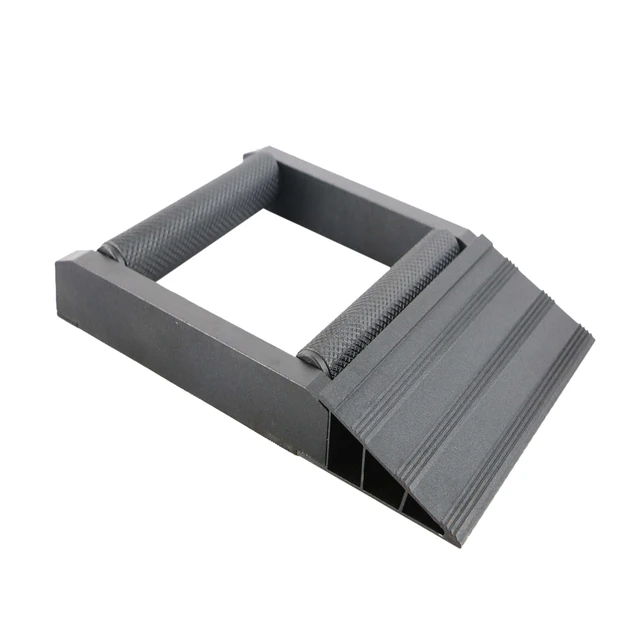
Conclusion
A motorcycle wheel roller is an essential tool for motorcycle enthusiasts and mechanics, providing a stable and convenient platform for rotating the wheels during maintenance and repairs. With its ability to elevate and freely spin the wheels, a wheel roller simplifies tasks such as tire inspections, brake system maintenance, chain and sprocket adjustments, and suspension checks. The stability, convenience, and time-saving benefits it offers make it an invaluable tool for any motorcycle owner or professional mechanic. When choosing a motorcycle wheel roller, consider factors such as weight capacity, construction, wheel size compatibility, ease of use, and safety features. By selecting a high-quality wheel roller that meets your specific needs, you can enhance your motorcycle maintenance and repair endeavors and ensure the longevity and optimal performance of your beloved machine.

